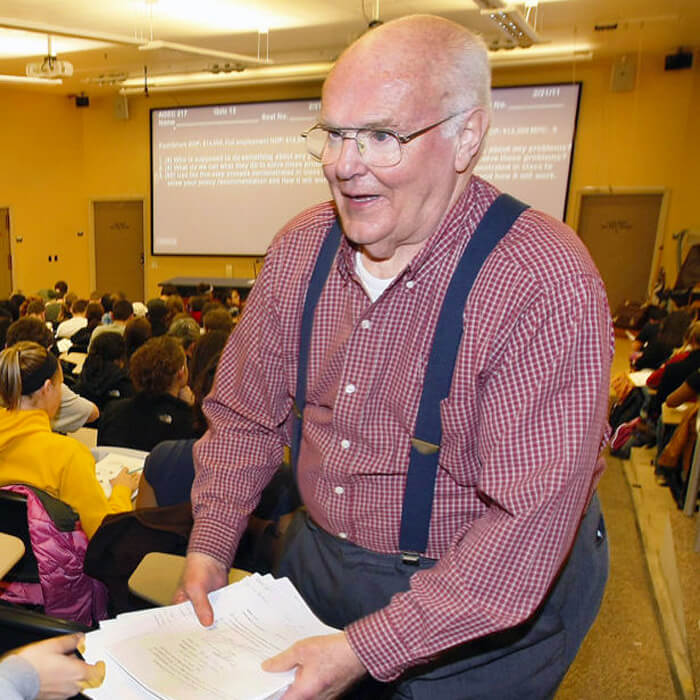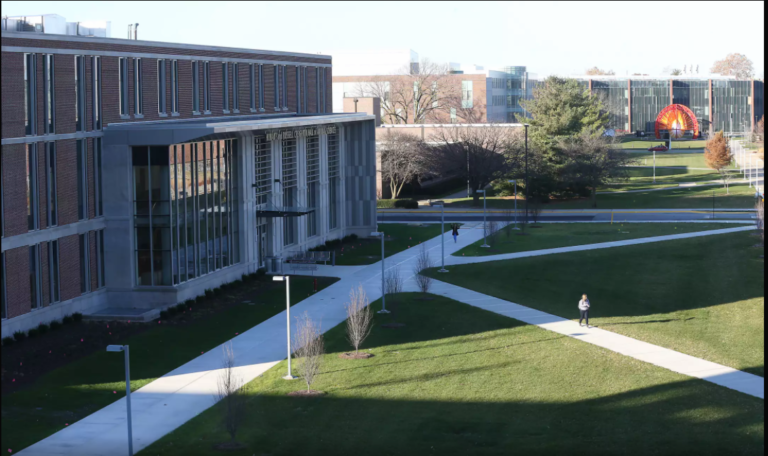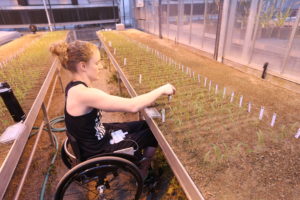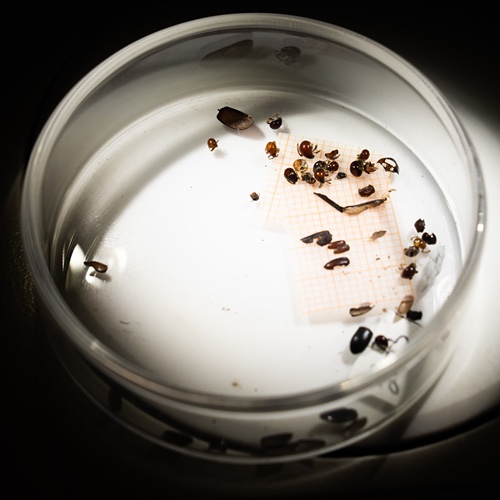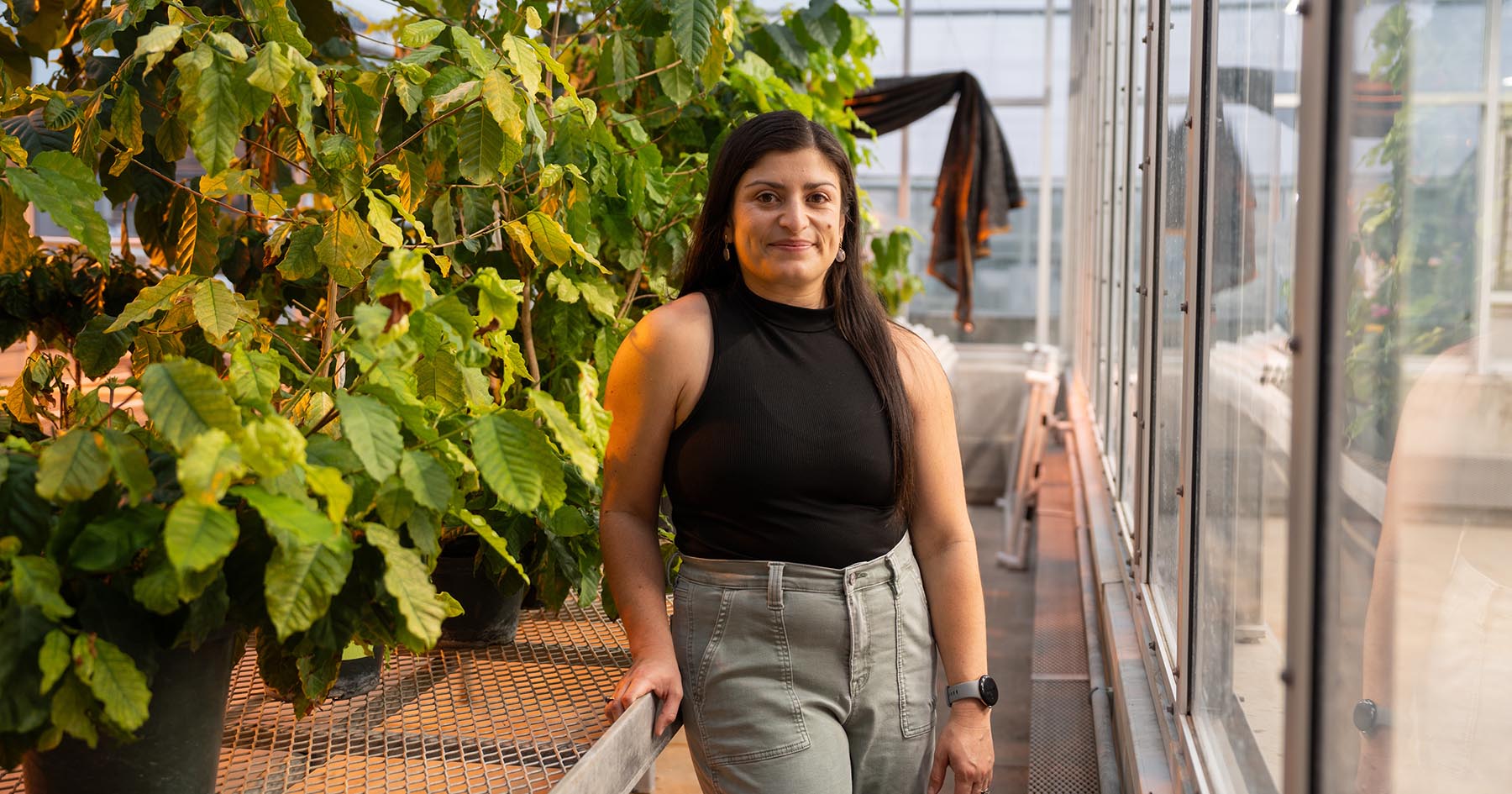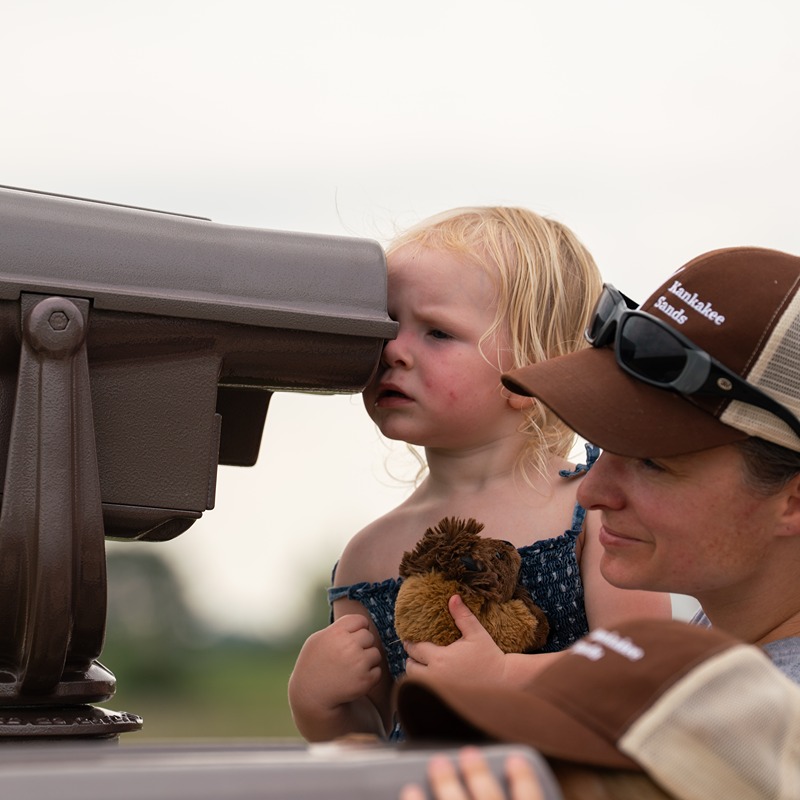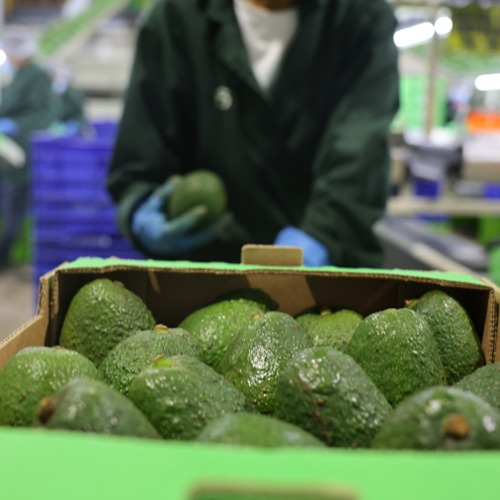Purdue Agriculture’s 10 Most Read Stories of 2018
In March, Purdue formally dedicated its new 123,000-square-foot animal sciences complex, boosting the university’s commitment to Indiana’s vital food animal production industry.
“These wonderful state-of-the art classrooms, laboratories, and interactive spaces bring together students, faculty, and staff in ways that will foster collaboration, spark new ideas, and move the animal industry forward.”-Mitch Daniels
In the second year of her Ph.D., Gruss finds success in both the study of sorghum and her responsibilities serving as captain of Team USA at the International Wheelchair Basketball Federation’s World Championship.
“Anything I can do to pave the way I will do it. It’s been really great, but hopefully, it will be even easier for the next person.”
-SHELBY GRUSS
Krishna Nemali works to make methods and technology easily accessible through his research in hydroponics. His processes aim to maximize resource efficiency and provide financial sustainability to growers. The impact spans from local children to international leaders.
“How do you find a niche? Use technology to grow lettuce that has more nutritional value, antioxidants, and less nitrates. Show the value. Health.”
-Krishna Nemali
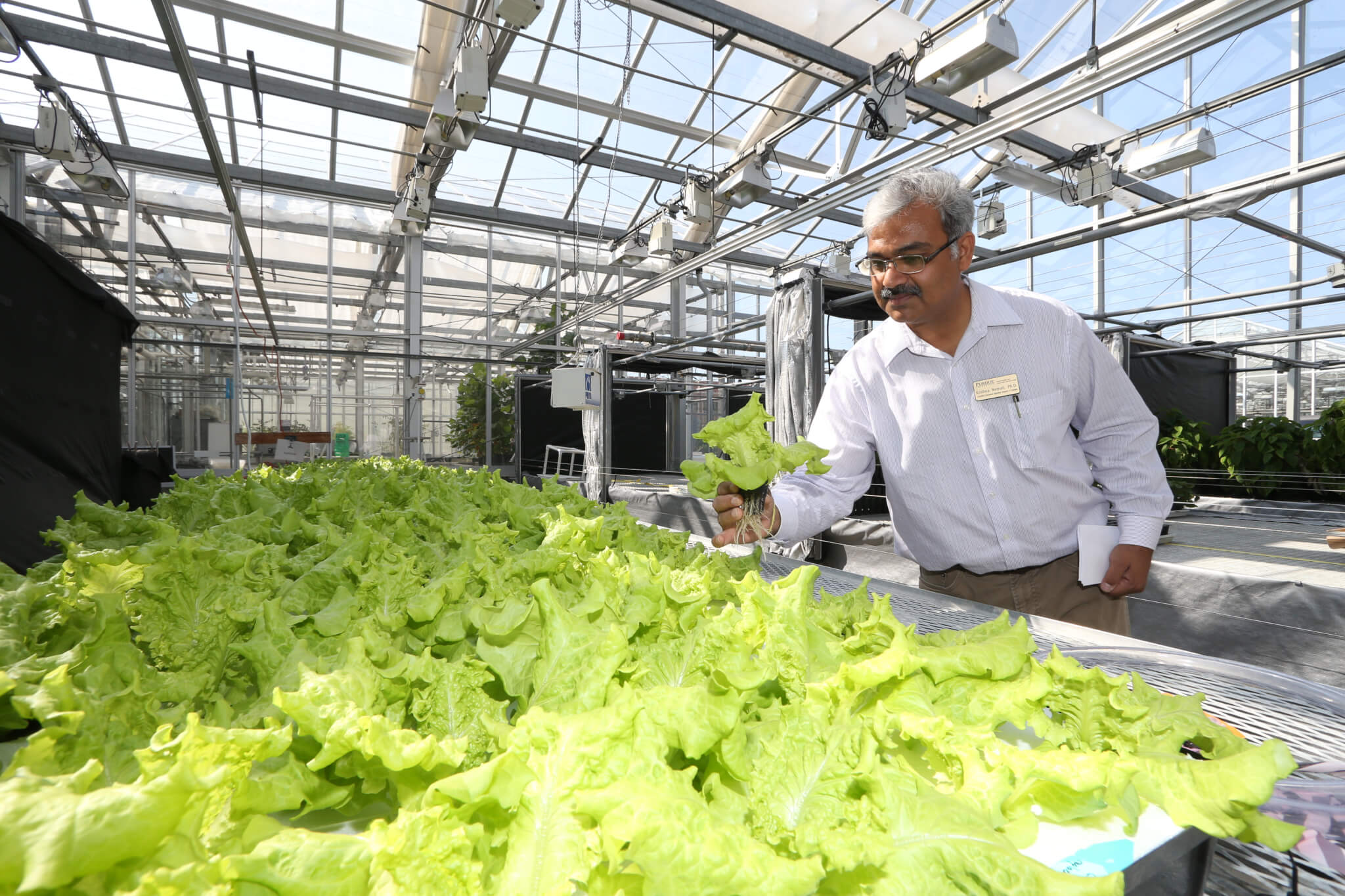
Purdue’s food science department, in partnership with Lafayette-based People’s Brewing Co., launched their second Purdue-branded beer, Boiler Black. The brew debuted at Purdue’s homecoming football game, kicking off the sesquicentennial celebrations.
“Fermentation and biotechnology play an ever-increasing role in the state’s business sector so graduates from our program will continue to enjoy a 100 percent employment rate while also growing Indiana’s economy.”-Brian Farkas
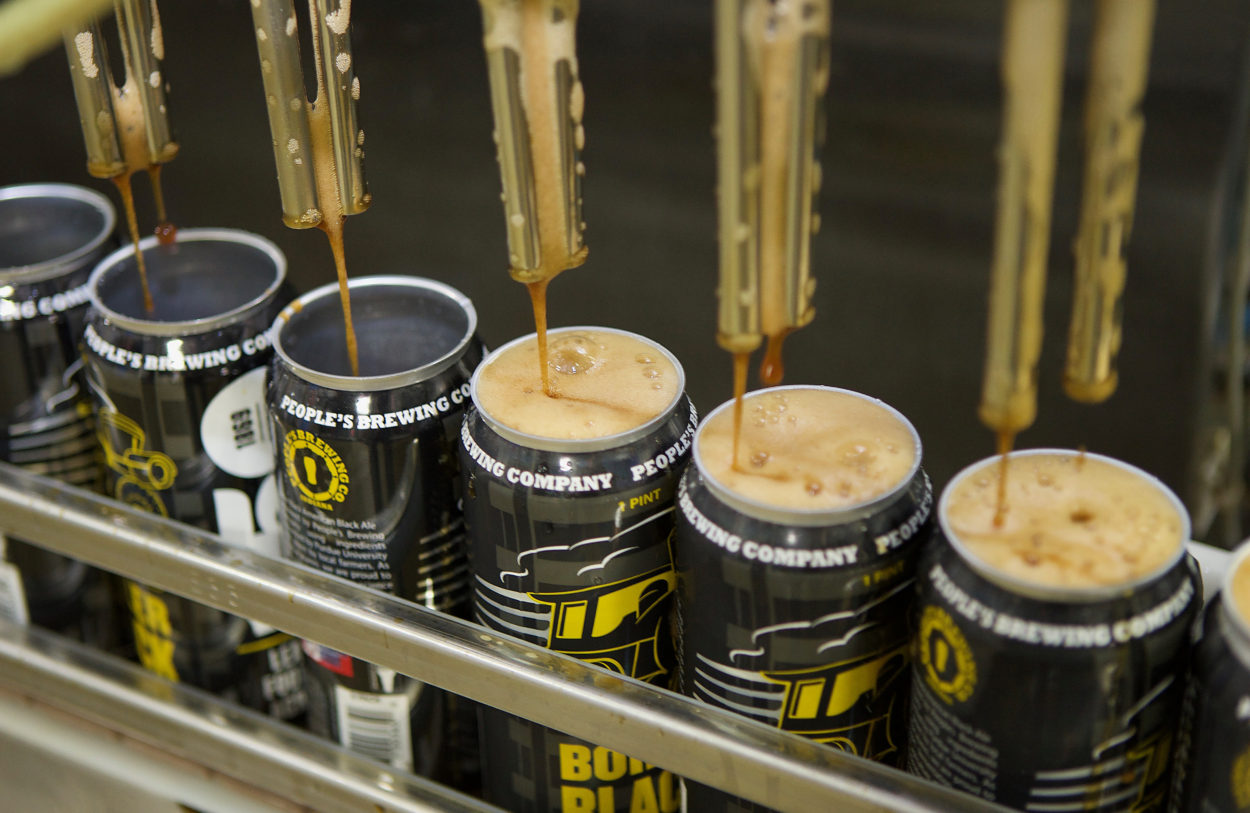
The World Food Prize Foundation appointed Gebisa Ejeta, 2009 World Food Prize Laureate, as chair of the organization’s Laureate Selection Committee.
“It is a great honor and an awesome responsibility to be named a successor to Norman Borlaug and M. S. Swaminathan as the new chair of the World Food Prize Selection Committee.”-Gebisa Ejeta
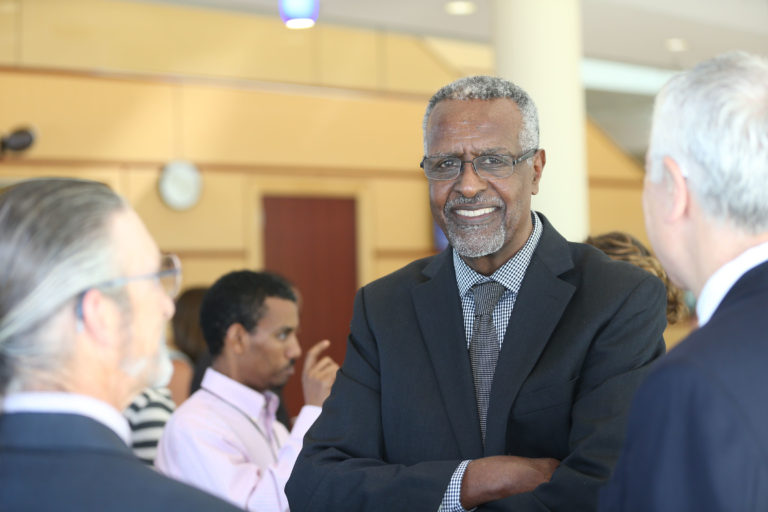
Latin American coffee growers are facing one of the most serious threats to their crops in the last 60 years. Cathie Aime, a Purdue mycologist, aims to develop a solution with her unique expertise and resources.
“Sequencing and annotating the coffee leaf rust genome is essential research work in our quest to combat coffee’s No. 1 disease.”-Tim Schilling
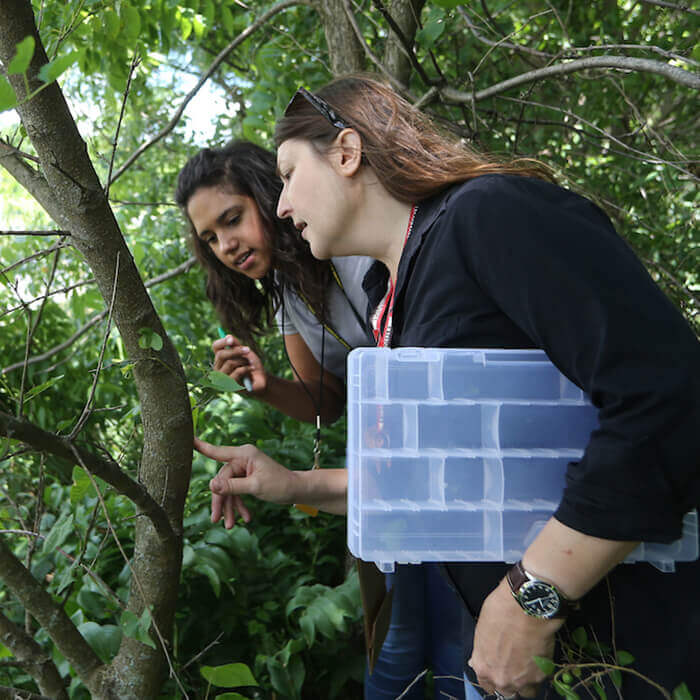
Efforts in several departments throughout the College of Agriculture focus on utilizing resources that many would deem unusable. Among these are Andrea Liceaga’s work with invasive Asian Carp, Tamara Benjamin’s distribution of excess crops, Douglass Jacob’s integration of plastic soda bottles and Eva Haviarova’s new use for small-diameter timber.
“Deforestation is a serious problem, but there is a solution, and using these plastic bottles, we can solve this problem without even having to spend a lot of money. That’s the beauty of this.”
-Douglass Jacobs
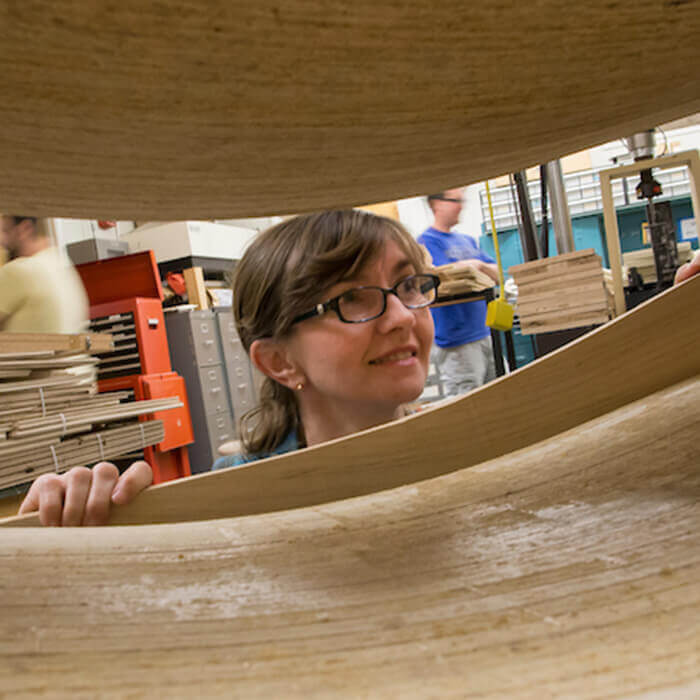
Purdue has three agricultural Greek life chapters — the Sigma Alpha sorority and the Alpha Gamma Rho and FarmHouse fraternities. They help members thrive, giving their brothers and sisters the strength and skills to blossom wherever life plants them.
“The members of agricultural Greek life push themselves to grow — not just in terms of increasing their GPA, but in terms of improving on a personal level.”-Michael Gunderson
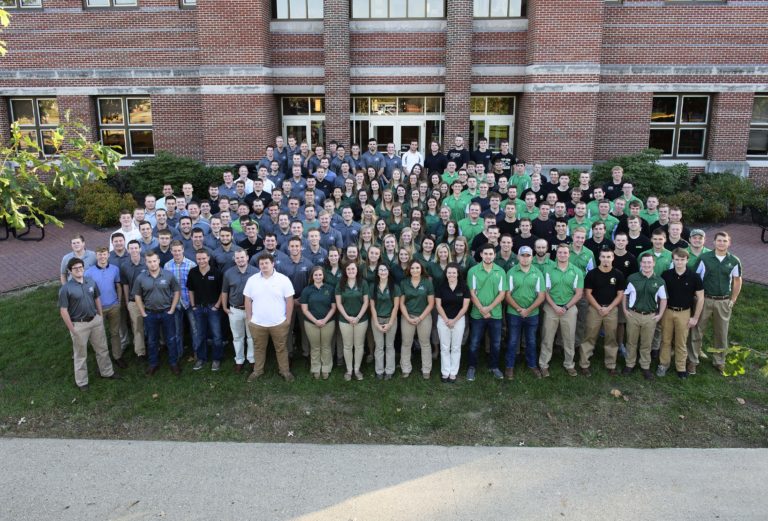
Karen Plaut, Purdue’s newly appointed Glenn W. Sample Dean of the College of Agriculture, ushered in a new era of agriculture in 2018. Plaut came to Purdue in 2010 and had served as interim dean of the College of Agriculture since July 2017. She succeeds Jay T. Akridge, who became Provost and Executive Vice President for Academic Affairs and Diversity.
“I loved science so much as a kid that I wanted a microscope for my birthday. When I was lucky enough to get one, I remember I was so excited that the first thing I did was take an onion skin to look at its cells.”-Karen Plaut
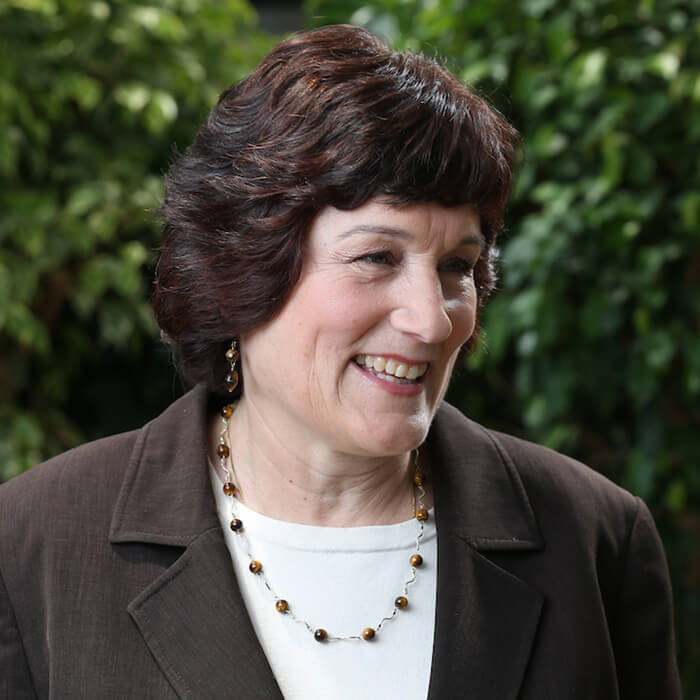
Bob Taylor taught in the Department of Agricultural Economics for 50 years. Taylor passed away on July 3, 2018. He was 83. Taylor instructed more than 500 students per semester, impacting over 40,000 lives during his time at Purdue.
“This is the door that was opened to me, this is where I had the chance, and this is what I’ve done.”-Bob Taylor
